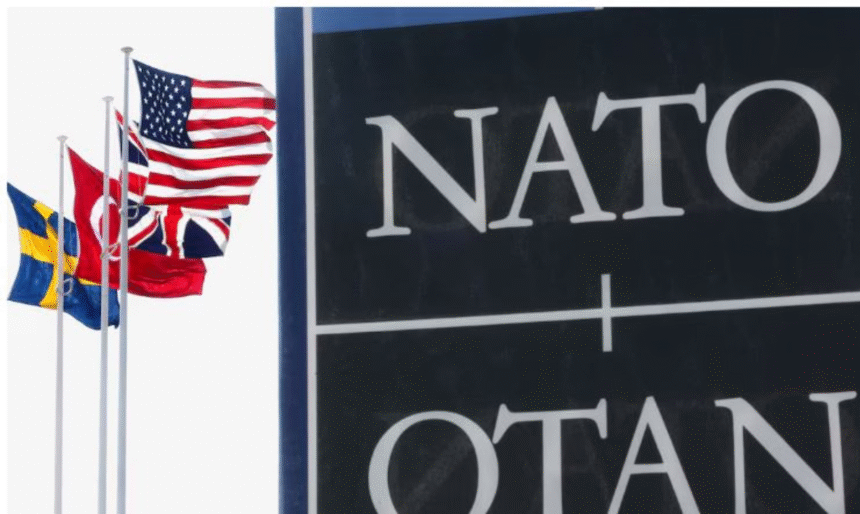NATO member states agreed on Sunday to a significant increase in defense spending, aiming for a new target of 5% of GDP, following pressure from U.S. President Donald Trump. However, Spain has publicly refused to adopt this goal, just days before a summit in The Hague meant to showcase alliance unity.
Ahead of Wednesday’s summit, NATO officials had been working intensely to reach consensus on a final declaration committing members to higher military budgets. NATO Secretary General Mark Rutte proposed a model that breaks down the 5% target into:
3.5% of GDP for core defense spending (up from the previous 2%)
An additional 1.5% for related areas such as cybersecurity and infrastructure adaptation (e.g., roads, bridges for military mobility)
But Spanish Prime Minister Pedro Sánchez, in a televised speech, stated clearly:
“We fully respect the legitimate desire of other countries to increase their investments in defense, but we will not do so.”
He emphasized that Spain would only meet the core 2.1% military spending requirement, and not the broader 5% objective.
Spain spent 1.24% of its GDP on defense in 2024, amounting to roughly €17.2 billion, according to NATO estimates — making it the lowest defense spender in terms of GDP share within the alliance.
NATO leaders argue that such spending increases are essential to counter growing threats from Russia, and to help Europe take on more responsibility for its own security, particularly as U.S. strategic focus shifts toward China.







